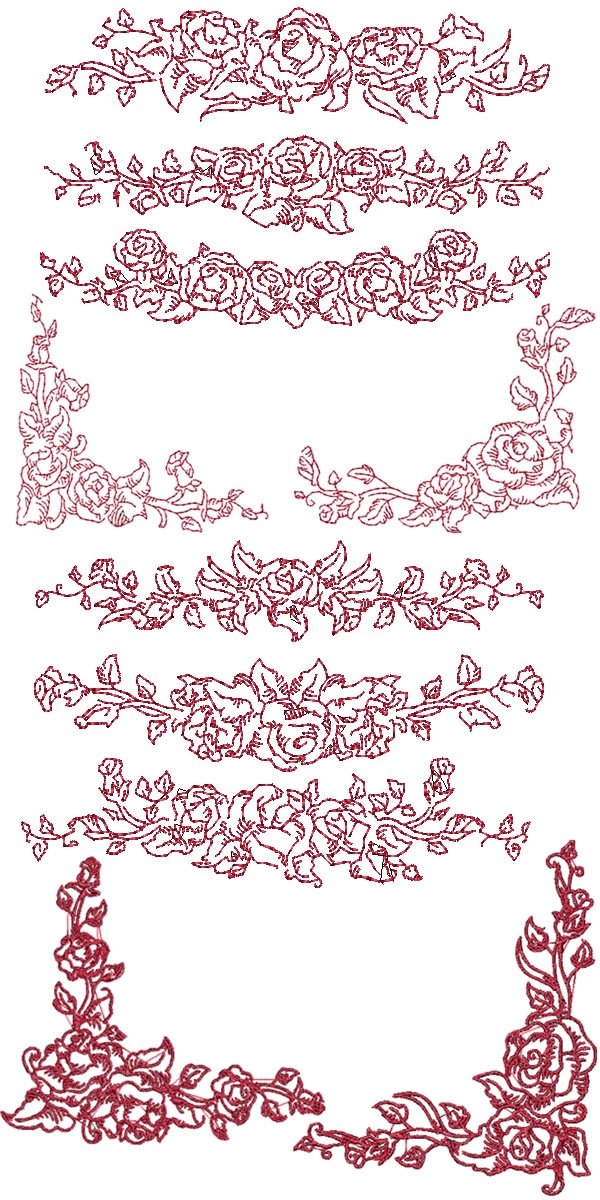

This is a great way to filter out the designs that are of lower quality or don’t transfer so well onto fabric which saves you time and thread.Īs well as free design downloads, you can also purchase designs, software, threads, stabilizers, and more. All you have to do in order to download a design is to make a free account, and then you can go ahead and download your design.Įach design has butterflies beside them that go up to five and act as a review system and a comment section that users can use to provide feedback. This site does what it says on the tin and gives you access to thousands of free designs. Best Free Machine Embroidery Designs Embroidery Designs

Now that we know how it works, these are the best sites to go to where you can see digitized embroidery in all its glory. There are different variations of fill stitch and can be used to make patterns in embroidery designs by sewing the thread in different directions. A run stitch is where embroidery gets its incredible level of detail from, it ducks in and out of the fabric and is used for tiny, detailed parts, thin borders, and text.įill stitch is used to cover large areas and is tightly compacted. There are three main types of embroidery stitch, satin, run, and fill.Ī satin stitch is a common one and is used mostly for text, thick borders, details and can be used to give designs a neat edge. A digitized embroidery file will have instructions as to what stitch type to use in the design. If you didn’t have a pull compensation then you would have to stick to a specific group of fabrics which is limiting when you want to be creative and experiment.įinally, let’s get into stitch types. By adjusting the pull compensation, it lets you sew a design across different fabrics. Some fabrics such as leather and cotton do not stretch but other fabrics like polyester do. Pull compensation is how the different fabric types are compensated by the embroidery. If it did not do this, the design would look wrong when it’s finished which leads to pull compensation. This step is also when the digitized file explains the order in which each part of the design is to be embroidered, such as filling the design and then the border over the edge.

Once this is done, the digitizer thinks of a path for the embroidery to follow which then tells the embroidery machine where to begin and when to end the design. The backing is a piece of material that is hooped and acts like a stabilizer which stops the fabric from stretching or puckering throughout the embroidery process. Underlay is the stitching in the design that is done first and is used to hold the fabric to the backing.


 0 kommentar(er)
0 kommentar(er)
